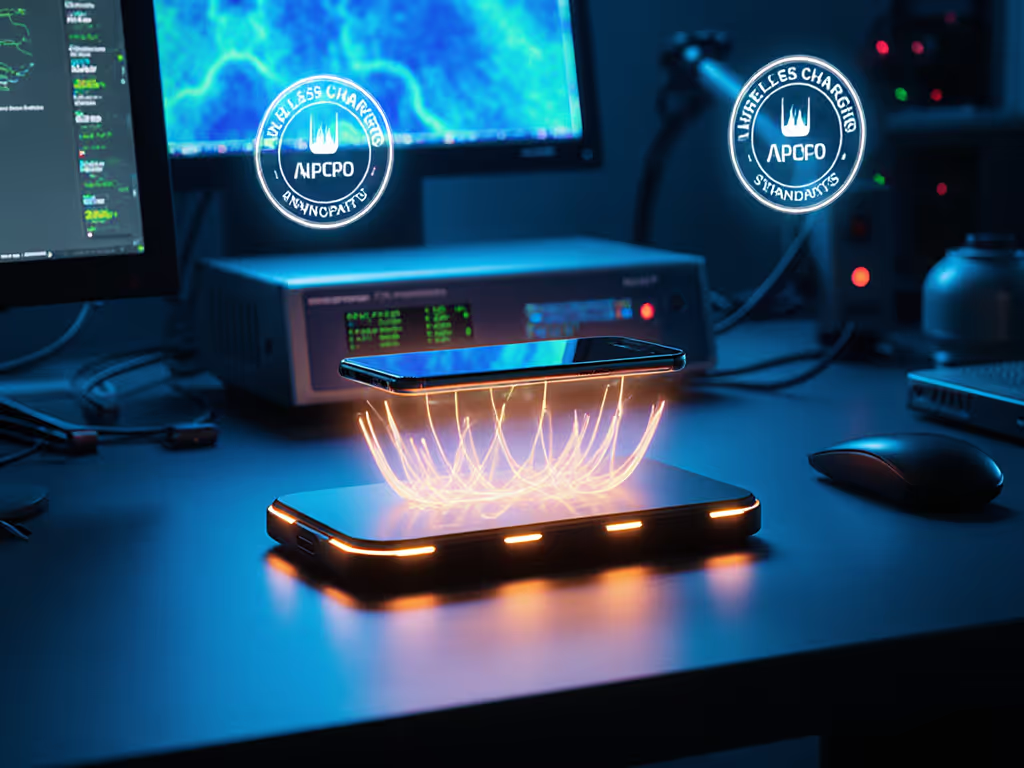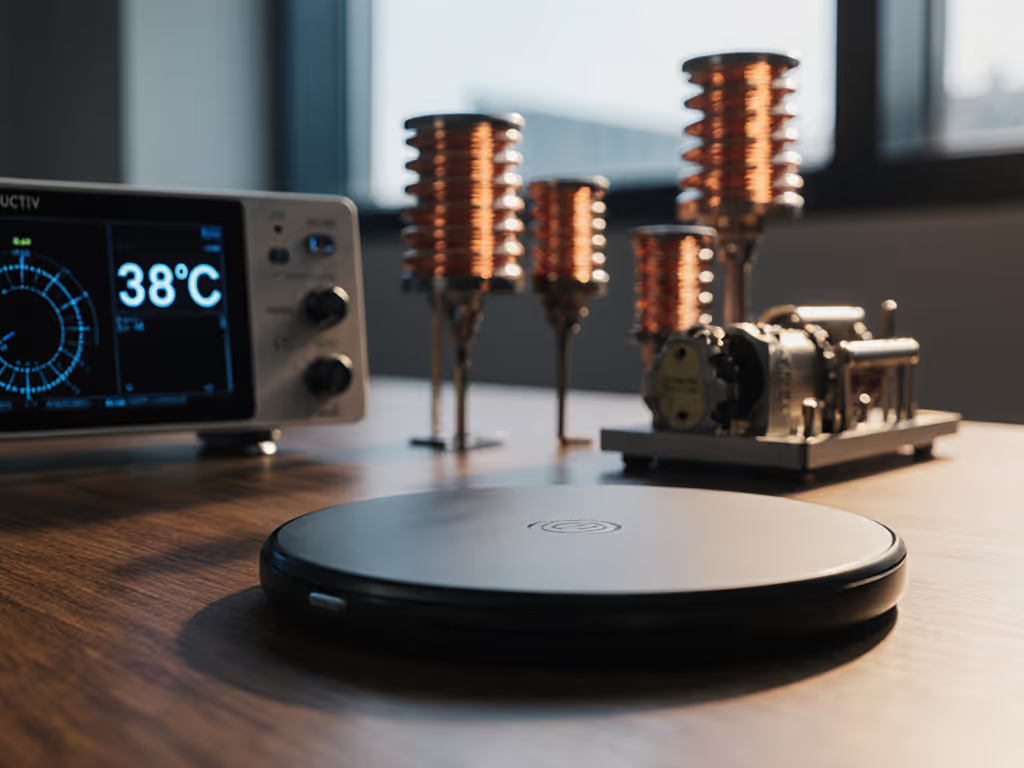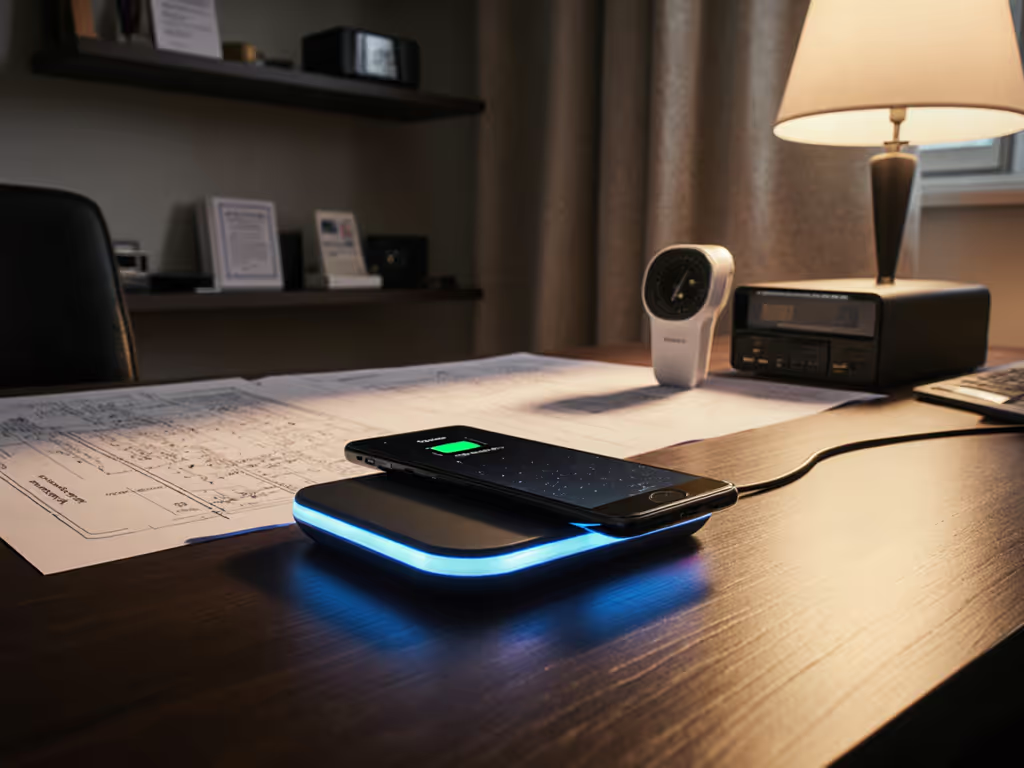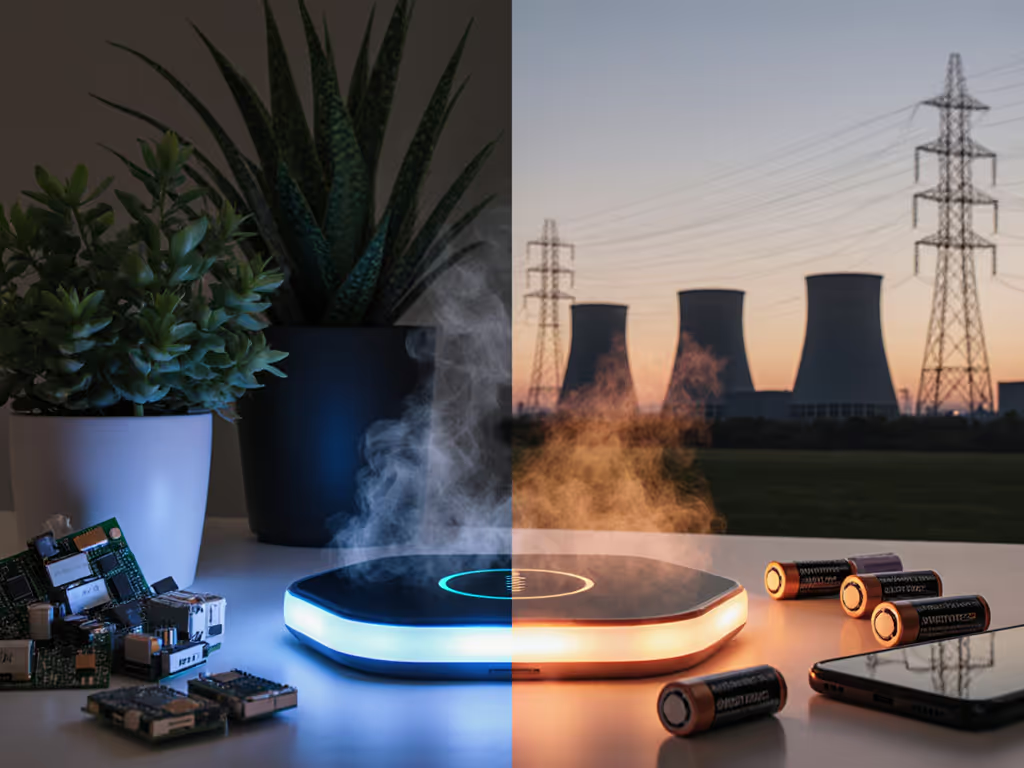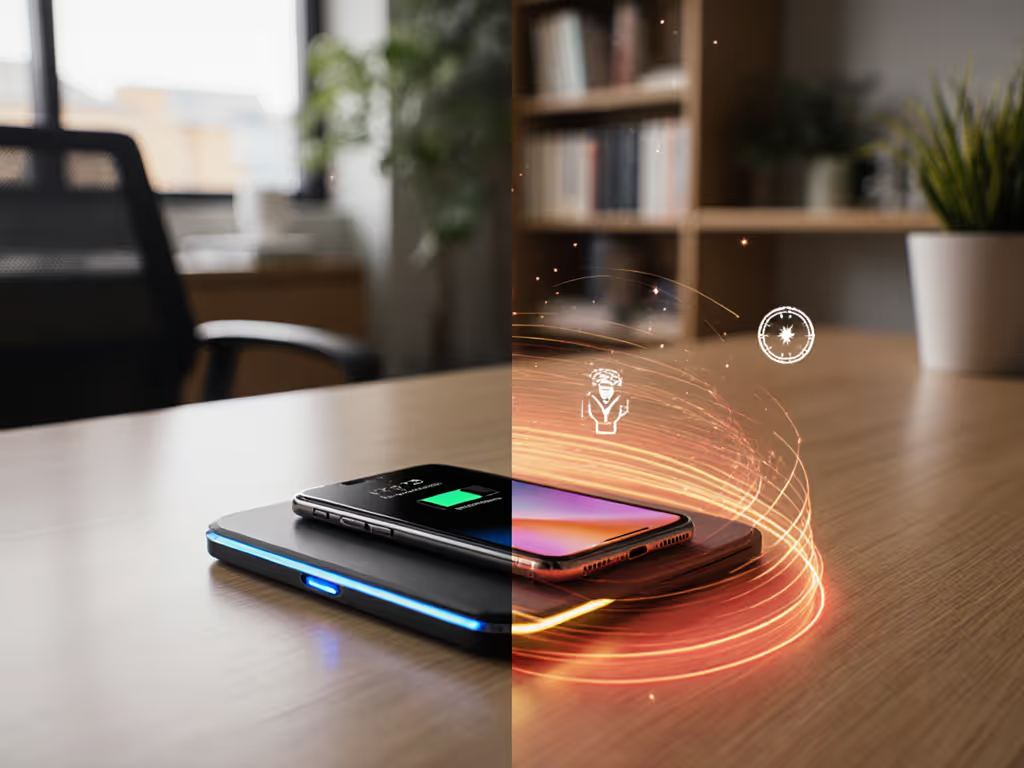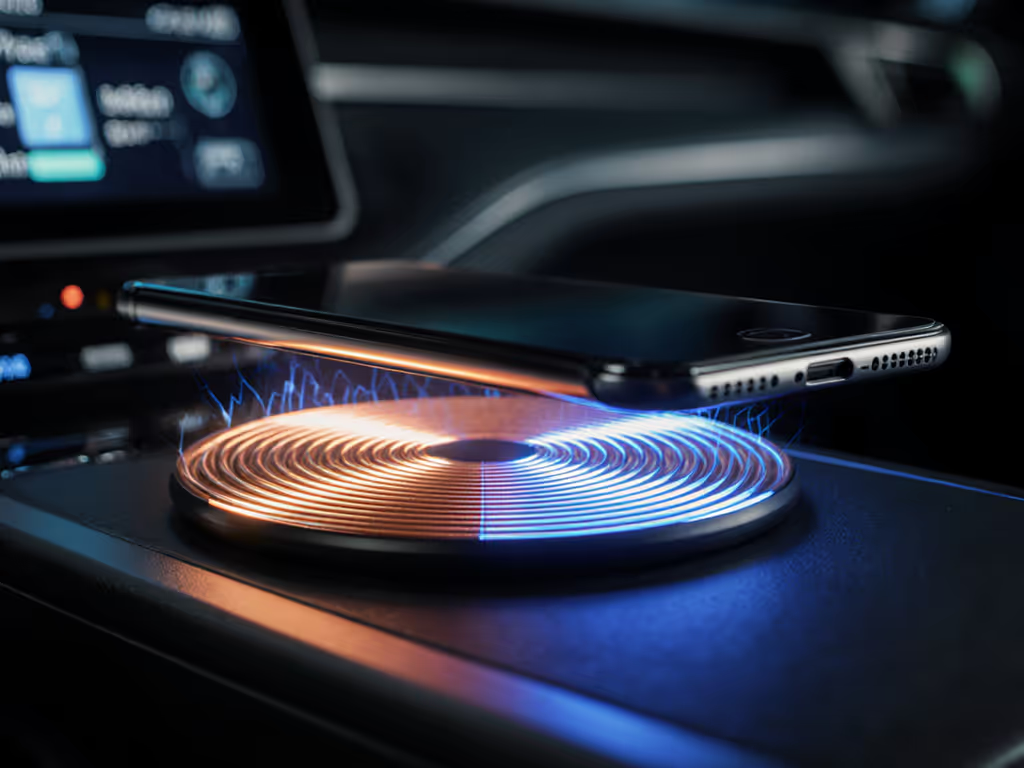Understanding the history of wireless charging is essential for making informed choices about modern wireless charger systems. This FAQ deep dive traces the technology's journey from theoretical foundations to today's Qi-standardized solutions, emphasizing how thermal management principles evolved alongside convenience. As an independent researcher focused on lithium-ion longevity, I've observed that historical advancements often prioritized speed over thermal safety (a tension that still impacts device lifespan today). Keep it under 40°C when possible.
How did wireless charging originate?
The wireless power history begins with Nikola Tesla's 1890s experiments in electromagnetic induction. While popular accounts romanticize Tesla transmitting power across continents, his actual Wardenclyffe Tower project aimed at radio communication (not practical wireless charging). His foundational work demonstrated resonant inductive coupling, where two coils tuned to the same frequency transfer energy. Crucially, this principle remains central to all modern wireless charging, though early implementations suffered from massive energy loss (over 70%) and hazardous voltage levels. Tesla's legacy provides context, but commercial viability required decades of incremental engineering.
What were the first practical applications?
Long before smartphones, wireless charging timeline milestones appeared in niche markets. The late 1990s saw Braun's Oral-B electric toothbrushes using low-power inductive charging (a safety necessity for bathroom environments). This solved a genuine pain point: eliminating exposed contacts near water. Medical implants followed, where wired charging posed infection risks. These applications operated at 5-15W with strict thermal limits (<35°C surface temperature), proving wireless charging could be both safe and reliable when designed for real-world constraints. Efficiency hovered around 60-70%, far below today's standards.
When did smartphones adopt wireless charging?
Samsung's 2011 Galaxy S3 marked the first mainstream smartphone implementation, but adoption remained fragmented until 2017. Apple's iPhone 8/X integration acted as a catalyst, though early implementations faced significant user pain points: misalignment caused throttling, and cases thicker than 3mm disrupted charging. Most critically, inconsistent performance emerged as devices heated beyond 43°C during prolonged use (a phenomenon I documented during a summer road trip where navigation demands caused thermal throttling). This highlighted a core truth: raw wattage claims ignore real-world thermal limits that ultimately dictate sustainable charging speed.
How did the Qi standard revolutionize compatibility?
The Qi standard, developed by the Wireless Power Consortium (WPC) in 2008, resolved critical fragmentation issues. Before Qi, proprietary systems from Samsung, Nokia, and others created consumer confusion (a problem still echoed in today's mixed-device households). The Qi standard established three key pillars:
- Interoperability: Any Qi-certified device works with any Qi-certified charger
- Safety protocols: Mandatory Foreign Object Detection (FOD) and temperature monitoring
- Scalable power profiles: Starting at 5W, evolving to 15W (2015), and beyond
A 2020 WPC study confirmed Qi 1.3 reduced thermal incidents by 38% through stricter coil alignment requirements, directly addressing heat and battery anxiety. Yet early Qi chargers still lacked active thermal management, allowing phones to reach 45°C during navigation apps. This gap between specification and real-world safety remains why many users still experience accelerated battery wear.
Why do modern Qi2/MagSafe chargers manage heat better?
Qi2 (2023) and Apple's MagSafe represent the first standards where thermal safety was prioritized alongside speed. Key innovations include:
- Dynamic power adjustment: Reducing output when device temperature exceeds 38°C (per IEEE 2755 guidelines)
- Magnetic alignment: Ensuring 95% coil overlap vs. 70% in legacy pads (minimizing energy loss as heat)
- Enhanced communication: Real-time temperature telemetry between device and charger
Manufacturers now disclose thermal performance in certification reports, a direct response to user battery anxiety. For instance, Qi2 chargers throttle to 7.5W when device temps approach 40°C, preserving longevity. This operational philosophy reflects a hard-won industry lesson: Protect the pack, and performance naturally lasts the distance.
Core Insight: A cool battery is a long-lived battery. Modern standards finally encode this principle through enforced thermal throttling.
How does thermal management impact real-world battery health?
Lithium-ion batteries degrade fastest above 35°C during charging. A 2022 Purdue University study demonstrated that maintaining 25-30°C during wireless charging extended battery cycle life by 27% compared to 40°C+ operation. Yet many users unknowingly trigger thermal throttling through:
- Direct sunlight exposure in cars (causing temps >50°C)
- Thick protective cases insulating heat
- Continuous high-power draw during navigation
The road trip incident I referenced earlier revealed how thermal runaway disables navigation mid-use (a safety hazard beyond mere convenience). Today's certified Qi2 chargers actively prevent this through temperature-triggered power reduction, but user habits remain critical. Keep it under 40°C when possible isn't just advice; it's the operational threshold where battery degradation accelerates exponentially.
What future developments prioritize longevity?
Emerging standards focus on proactive thermal management rather than reactive throttling. The WPC's 2024 roadmap includes:
- Predictive thermal modeling: Chargers communicating with device OS to adjust power based on ambient conditions
- Standby cooldown protocols: Actively cooling batteries post-charge to counteract 'voltage stress' during high-temperature charging
- Material innovations: Gallium-nitride (GaN) chargers reducing internal heat generation by 15-20%
These developments acknowledge that users' desired outcomes (a coherent, room-by-room charging ecosystem with preserved battery health) require engineering tradeoffs where safety thresholds precede peak speed claims. Fragmented ecosystems (e.g., Apple Watch's proprietary fast charging) remain a pain point, but cross-industry collaboration on thermal standards offers hope for holistic solutions.
Conclusion: Learning from the timeline
The history of wireless charging reveals a clear pattern: each leap in convenience required corresponding advances in thermal safety. From Tesla's theoretical coils to Qi2's real-time temperature management, the most enduring innovations balance speed with battery preservation. As you evaluate wireless charger options today, prioritize products with:
- Published thermal performance data (not just wattage)
- Qi2 or MagSafe certification (enforcing alignment and thermal protocols)
- Explicit safety cutoffs below 40°C
True progress lies not in faster peak charging, but in sustainable charging that maintains battery health across a device's lifespan. For deeper technical analysis, the Wireless Power Consortium's thermal compliance whitepapers (2022-2024) provide lab-verified charge curve data under varying thermal conditions, a valuable resource for optimization-focused users.
Remember: Protect the pack, and performance naturally lasts the distance. In wireless charging, temperature control is the silent guardian of longevity.
